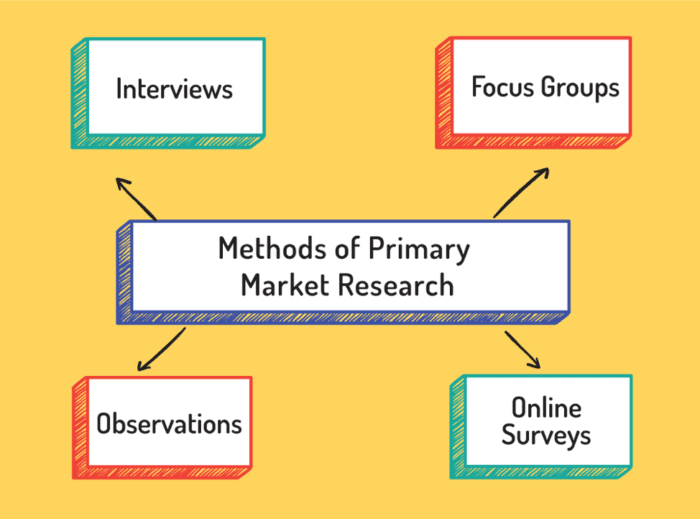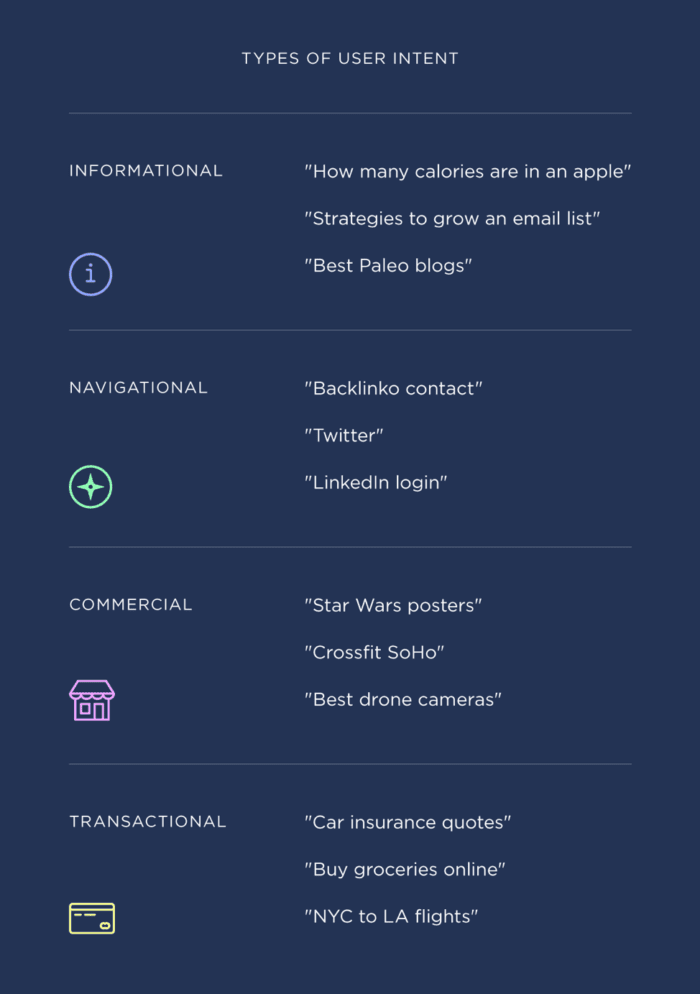Good market research ensures that your site is optimized for the best customer experience while also helping you make sales
With growing competition, SEO is not the same as it used to be. Nowadays, it is critical for a business to strategically think about its customers and identify what they want. Thereafter, it is essential to prepare content that completely aligns with the existing demands of the customers.
Why market research is essential for SEO?
SEO is all about optimizing your website to better meet the needs of your customers, with improved rankings coming from doing so. Market research helps you to understand the exact needs of your customers so you're able to address them. If you are able to identify what your customers want from you then you can target the best keywords and write relevant content that genuinely helps your prospects.
Download our Individual Member Resource – Market research guide
This guide has been created to explain the information you can gain from market research, including customer satisfaction and product feedback, and best practices for applying methods you can use to obtain it (such as focus groups, interviews, and exit surveys).
Access the Market research guide
Demand for data scientists and types of market research for SEO
It’s no wonder that the demand for data scientists is rising. As Maryville University outlines, there would be around 2.7 million jobs for the data scientists by 2020 in the US alone. This indicates the importance of market research for every industry and SEO is no exception. There are two types of market research that you can use to empower your SEO campaign:
- Primary: Under this research, data is obtained directly from a source and is fresh, timely and unique. Data is collected by conducting customer surveys or taking expert interviews.
- Secondary: Under this research, data is compiled from a previously published source. The data obtained is not absolutely fresh and is used by a number of companies. Broad industry reports published by survey companies are examples of primary market research.
Collecting and analyzing data before the start your SEO campaign
Before the start of your SEO campaign, it is important for you to select the right keywords depending on the current market scenario and the future growth potential.
Create buyer personas and find keywords
As a first step, you need to create buyer personas and segment them by age, gender, location and purchase habits. The buyer persona can be created by contacting your recent customers. Using buyer persona templates can help you to create amazing content based on buyer demands.
Use tools like Answer The Public and Ubersuggest to find keywords that your potential customers are searching for on Google and other search engines. This will help you define their interests and target your SEO strategy at them.
Gather data using surveys, heatmaps and Q&A sites
If you already have a website then you can make use of tools like SurveyMonkey to survey customers online when they visit your website.
Besides, you can use heatmaps to understand the real behavior of your customers like where they click, what they see the most and which resources do they download.
Specifically, look for the pain points of your customers by exploring content on Q&A sites, review sites and forums. People ask questions or share their experiences with a brand. These are great platforms to learn more about your customer’s pain points.
Don’t forget the culture
If you are promoting a client who is sourcing products to different countries then studying the cultures of the customers is extremely important because people following different cultures behave differently.
Study different competitors closely. You can register and sign up for their service and see what kinds of services they are providing to their customers.
Take the help of CRM
Analyze the historical data of the product success closely because if it shows a decline then you can’t possibly follow the strategies used by your competitors. You can use your CRM to filter customers who have made a purchase in the last six months. This will help you analyze the behavior of customers who purchase regularly.
Similarly, you can use CRM to collect data of customers who visit the site regularly but didn’t make any purchase.
Conduct competitor analysis and reach out to customers
Carry out competitor analysis for SEO and collect every bit of data required to plan your SEO strategy.
Reach out to customers via social media and ask them what persuaded them to buy the products or why did they choose not to purchase the products. Email or LinkedIn messaging are also great ways to reach out to them, allowing you to get feedback from them regarding your products or services.
One thing to remember is that you should provide an incentive to your customers as they are more likely to share feedback once they get something in return - even if their feedback is negative.
Always ask them open-ended questions because this will enable them to provide more data, which will better help you plan your SEO strategy.
It's also a good idea to download a secondary research report from Forrester and Gartner. You can even analyze data from companies like G2crowd, which aggregates user ratings and segments them as leaders and contenders.
You should then identify content competitors by analyzing the websites that rank in the top three positions in the Google organic search results.
Finally, it's a good idea to conduct in-person interviews by inviting customers in to provide feedback and answer direct questions. This will help you gather more natural feedback and you can also ask their opinion on things like future product ideas or marketing campaigns.
Questions you need to answer
Before starting any SEO campaign, it is crucial to get answers to certain questions, as your entire SEO strategy will be planned on the basis of these. Here are some questions that need to be answered:
- How many searches for the product/service happen on the search engines every month/year based on the location of the offered product?
- How many times do people conduct a brand related search?
- What is the demand for the product in different countries?
- Which keywords are your competitors are targeting?
- Which keywords are your customers use while searching for the product online?
- What keywords have commercial intent? How many of those are exact searches?
- What is the trend of the selected keywords? Do they go up in particular months or during particular events?
Answering each of these will ensure that your strategy is focusing on the right keywords at the right time and that you are prepared for any seasonal changes.
Optimizing your site based on what people value the most
Once you have identified the keywords and have obtained the market research data, you need to implement this information into your SEO strategy.
Prepare a list of keywords that you selected in the research stage and segment them on the basis of navigational, informational, transactional and commercial queries.
You can further enhance the segmentation by writing the
associated micro-moment of that query. For example a query like "prepare chocolate ice cream" can be segmented as "prepare chocolate ice cream (informational, I-want-to-know moment)".
Create specific content that matches the exact needs of the customer. For example, if people are trying to find a recipe for chocolate ice cream then you must suggest the best and the most unique recipe to them.
The presentation of the content also matters as this can impact customer experience. Can you include video to provide information in a different way? What extra information can you add to the page to ensure your site is offering as much value as possible? For example, as well as including your recipe and method for making chocolate ice cream, you could also add preparation time and how many the recipe serves, as well as a nutritional breakdown.
Based on your market research, identify the local intent of the customers and optimize your content accordingly. A strategy like the Skyscraper technique 2.0 can be really helpful in earning backlinks and earning high rankings based on user intent.
You should also look at the list of paid keywords the competitors are using and create content that targets them. This will enable you to rank organically for each of those keywords, meaning you can compete without spending on paid search, improving your overall ROI.
Something else you need to do is note down the list of pain points collected via customer surveys and offer solutions to them in your content marketing strategy. If customers want answers to specific issues relating to your products or services, make sure your content provides this. It is important to use the same language used by your customer when doing so. as this will enable you to generate more conversions.
To make sure your brand is as competitive as possible, create a list of hot selling products or services of competitors and note down the presentation of content and the features offered. Suggest strategies to improve the overall effectiveness and presentation of the product or service on your website, ensuring you highlight any unique selling points and offer comparative value.
What’s Next?
Now that you have understood the importance of conducting market research before you plan your SEO strategy, it’s time to apply it every time you start your next SEO campaign. Conducting comprehensive market research will help you generate the best results from your SEO campaign and will provide the best ROI.
Joydeep Bhattacharya is a digital marketing evangelist with over 12 years of experience. He maintains a personal SEO blog,
SEOsandwitch.com and regularly publishes his works on SEMrush, Ahrefs, Hubspot, Wired and other popular publications. You can connect with him on
LinkedIn.












